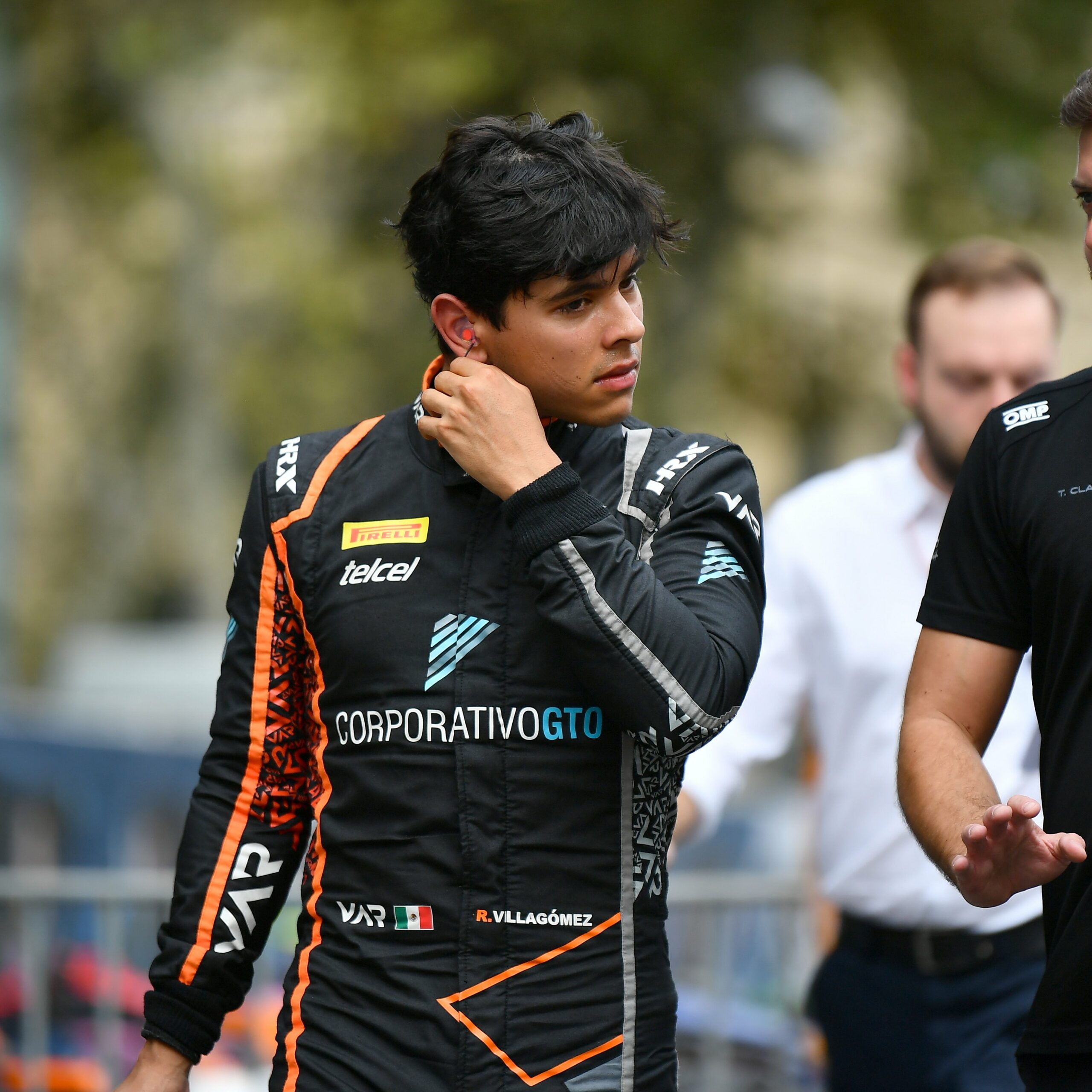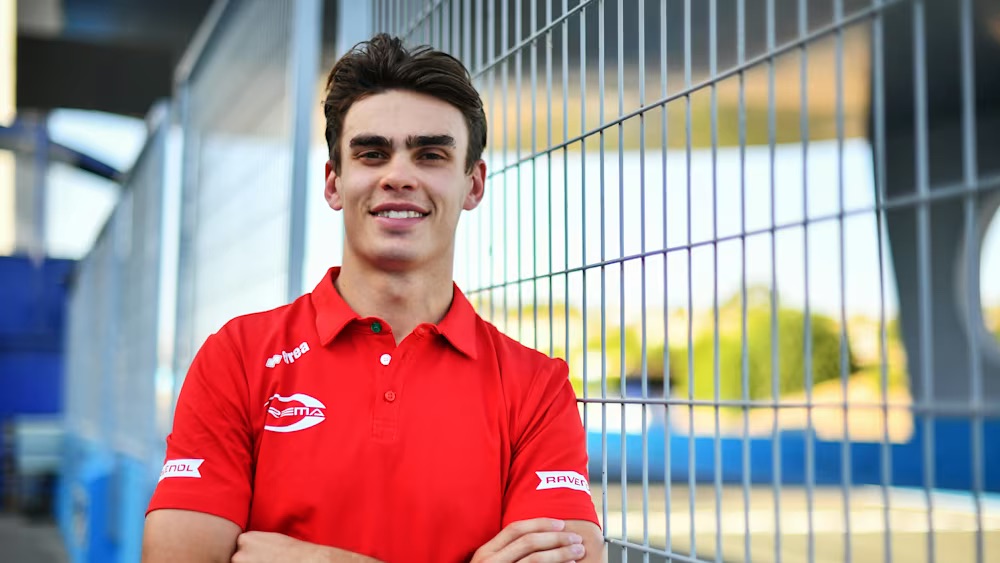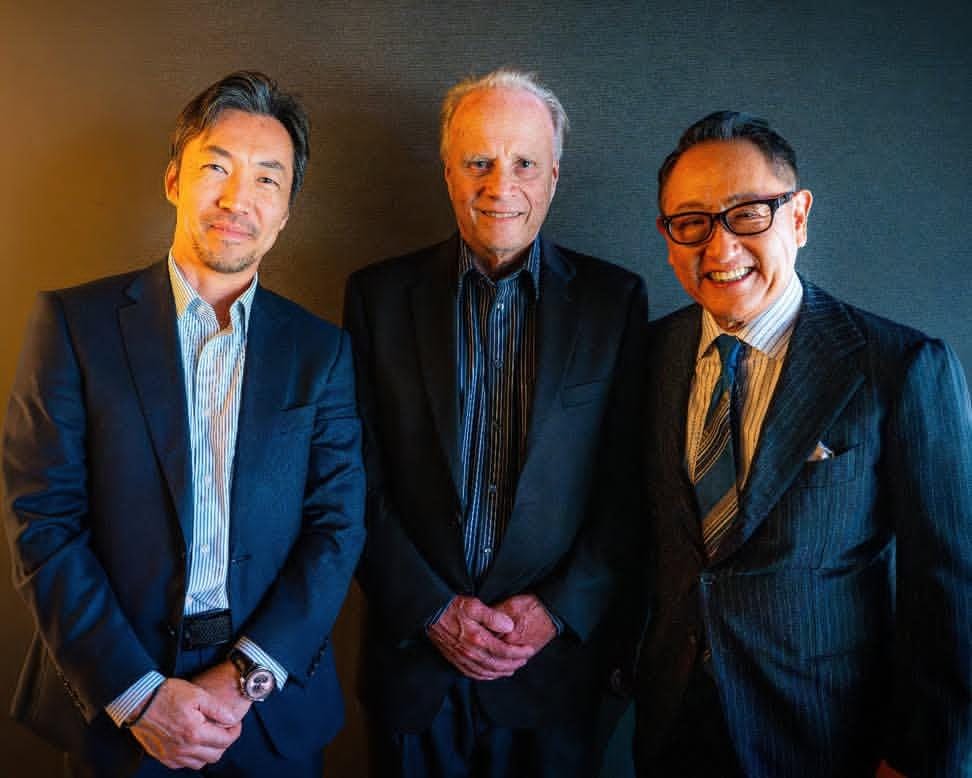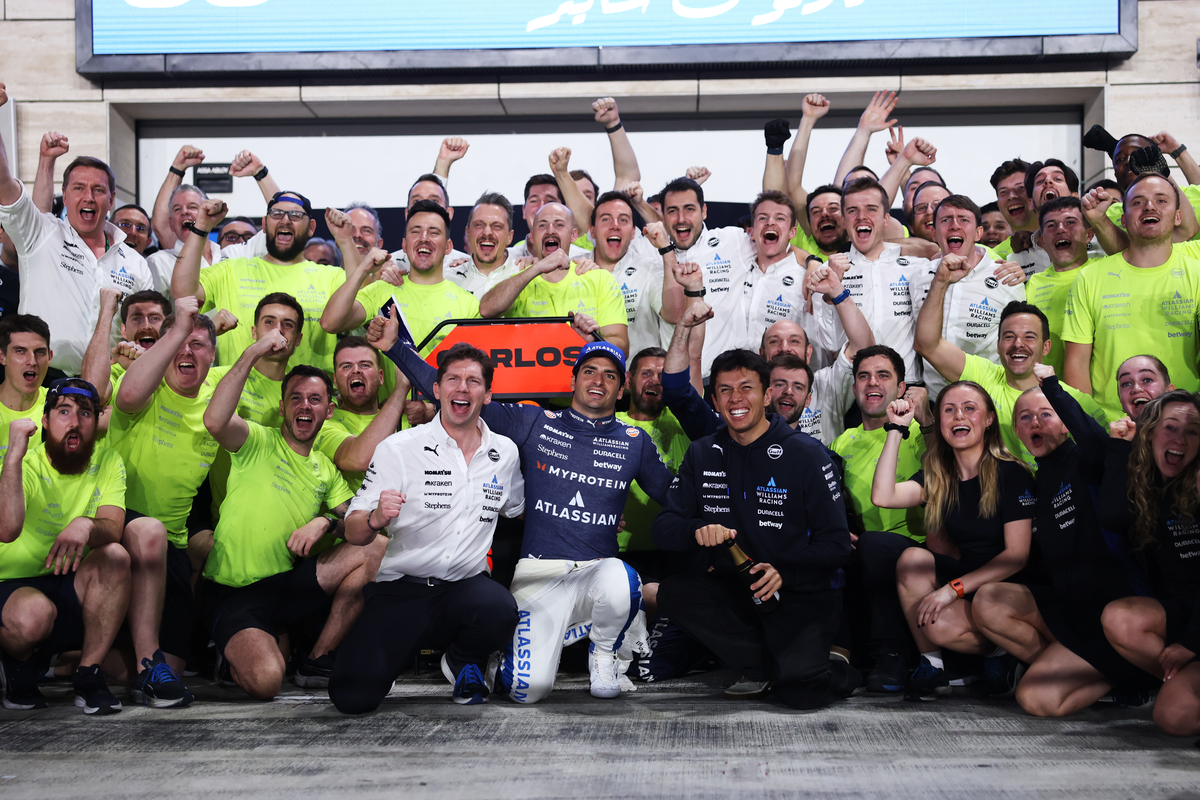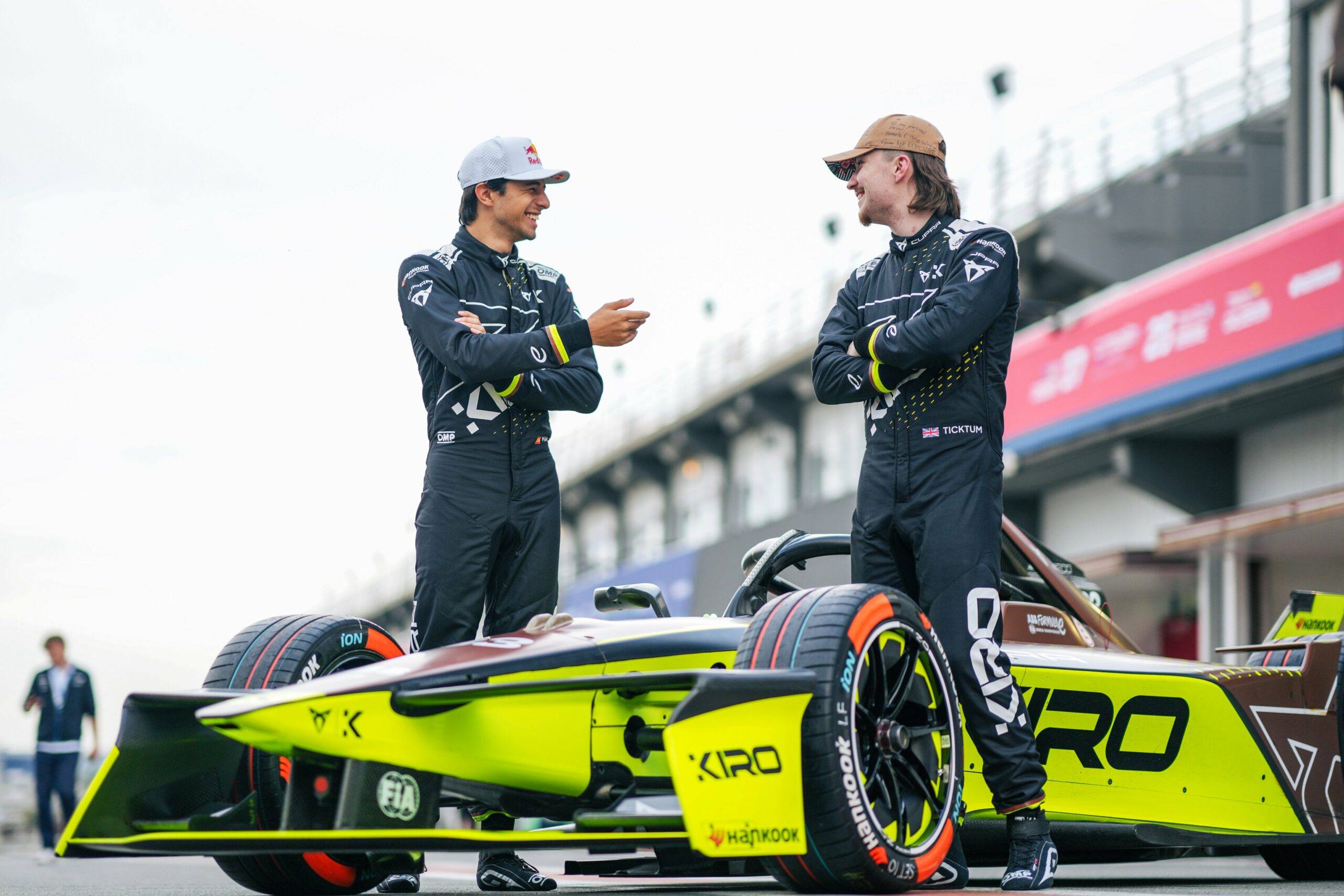In an exclusive interview with Pit Debrief, Mexico’s Rafael Villagómez—now racing in FIA Formula 2 with Van Amersfoort Racing—recounted how a chance visit to a kart track at age four became a weekly obsession, evolving from a single promised lap into a disciplined routine that balanced schoolwork with near-daily practice; although a family move to Europe paused his karting from 12 to 16, the relocation ultimately broadened his horizons, and he restarted in Belgium before stepping into single-seaters, where he found a natural home at Van Amersfoort Racing, valuing the team’s driver-centred ethos, simulator work, meticulous preparation, and close relationships that have sustained his steady climb through the ranks.
Early beginnings in Mexico
Before the first laps, circumstance introduced a young Villagómez to the paddock. Through a family arrangement and a chance weekend, he discovered the environment that would very quickly become his second home. Moreover, that early exposure placed him within touching distance of racing machinery and the rhythms of a race day.
“Yeah, definitely. I think I started racing by—I wouldn’t call it an accident, but like a coincidence—because my parents went on a trip for a couple of days, and they left me with my grandparents because I was small—I was only four—at their place, so they could take care of me.”
His link to motorsport ran through his grandfather, whose experience in Mexican single-seaters turned curiosity into proximity. Consequently, an invitation to the track became a bridge between generations—and a doorway to the kart that would change everything.
“My grandpa used to race back in Mexico. It was like, at that time, it was Formula 3, Formula 2. And he had a karting race, and he told me, ‘OK, if you want to come, you can come; if not, you can stay.’”
The one-lap promise
At the circuit, desire met hesitation; however, persistence quickly won the day. With repeated requests and a negotiated compromise, the four-year-old earned a single lap that, as it turned out, reshaped his weekends. As a result, what began as a tiny window of track time became the foundation of a weekly habit.
“So, I just went, and as soon as I arrived, I was like, ‘OK, I want to try.’ But I was four. They were like, you know, he’s a kid, of course he wants to try, but we’re not going to let him. But all day, I kept asking. I was like, ‘Can I please try?’ or ‘I just want to drive.’ And they were like, ‘OK, at the end of the day, you get one lap.’ And I managed to get one lap, and after that, I went back every weekend.”
From weekend hobby to weekday discipline
Exposure to higher-level competition sharpened his focus. He realised that casual attendance would not suffice; instead, he needed structure and repetition. Therefore, he transformed a pastime into a near-daily routine, aligning school and seat time to accelerate his learning curve.
“And then there was like a national race that came to Mexico, and I did it. And when I saw a level, I was like, yeah, if I just come, like, only the weekends, I’m not going to be able to win or anything. So, I started to go from Wednesdays to Sundays, every day after school.”
The schedule demanded maturity: long drives, homework in transit, and regular returns to the circuit.
“And I remember I was doing my homework and everything, because it’s like an hour journey in the car, and then driving them back, and then school. And then I did some national races, like in Mexico, and yeah, that’s how I started. So, I have pretty good memories, to be honest, like home when I started.”
A pause and a move abroad
Despite strong momentum, life intervened. A family relocation to Europe paused his karting between the ages of twelve and sixteen. Nevertheless, the move ultimately widened his horizons and later provided a platform for his return.
“Yeah, I stopped. I stopped when I was 12, though, from 12 to 16.”
He outlines the reasons plainly: a temporary plan that became longer-term, shifting homes within Europe, and a gradual recognition that racing could resume on new terrain. In addition, a candid conversation at sixteen cleared the path back to competition—this time in Belgium.
“Yeah, I stopped because we moved to Europe, my family and I, to live here. We currently live in Spain, but before we used to live in France. And it was only planned for one year to move to Europe, because my family wanted to see how it worked, and things in Mexico were not the best.”
“And yeah, you just get, like, going year after year, and every year my dad was like, ‘OK, we’re going to go back.’ So, by the time we get a team or something, or we find out where to race, then we’ll be back in Mexico. And yeah, when I was, like, 16, I told him, ‘OK, it looks like we’re going to stay for a little bit longer. Can we try and just find something?’ He was like, ‘OK.’ And I started in Belgium, actually, karting.”
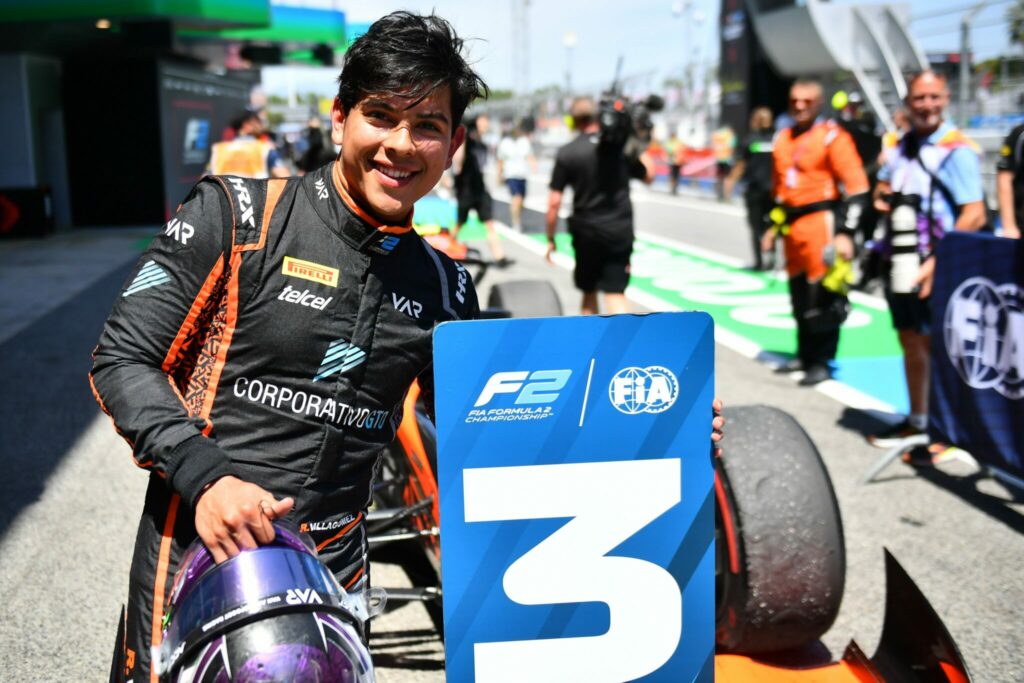
Finding a home at Van Amersfoort Racing
From the Belgian restart, progression into single-seaters followed naturally. Crucially, his path aligned with Van Amersfoort Racing (VAR), where the fit between driver and environment encouraged continuity. Moreover, he contrasts VAR’s approach with perceptions of other teams to highlight a culture that expects more than simply turning the wheel.
“Yeah, I didn’t start with them. I started in F4 [with Fortec Motorsport] and French F4, and then my second year was with [VAR]. And I think straight away I felt really comfortable, but I also really liked the way—the work ethic around the driver, you know—because some teams, I didn’t have that experience, but I know some teams are just basically like, ‘OK, the driver is there, and he’s just a driver,’ you know, like we say everything yes to him. And your only thing is to drive.”
At VAR, preparation extends beyond the cockpit. Simulation work, technical learning, and strong relationships underpin his development. Consequently, the environment fosters both growth and loyalty, reinforcing the decision to remain with the Dutch outfit.
“But here at VAR is a little bit more than just driving, you know; it’s everything that takes into account as a driver. So, I really enjoy, especially, like, the days that we go to the sim—we learn quite a lot. And obviously the relationship was pretty good with all the team members. So, after two years in a row, we were like, ‘OK, we feel comfortable. We see where the team is heading, so we might just stay here.’”
From one lap to Formula 2
Rafael Villagómez’s path from a single promised karting lap at age four to the FIA Formula 2 grid with Van Amersfoort Racing reflects persistence, adaptability, and thoughtful development; after turning weekend curiosity in Mexico into a disciplined routine, a family move to Europe paused his progress from 12 to 16 yet ultimately broadened his horizons, leading to a restart in Belgium and a seamless step into single-seaters, where VAR’s driver-centred culture—anchored in simulator work, meticulous preparation, and strong relationships—has sustained his steady rise.

